Koenigsegg One:1 2014
-
Contenuti simili
-
- 186 risposte
- 86765 visite
-
- 134 risposte
- 65650 visite
-
FIAT Centoventi Concept 2019 1 2 3 4 29
Pubblicato da A.Masera,
- panda concept
- fiat panda
- (e 9 altri in più)
- 282 risposte
- 64291 visite
-
-
-







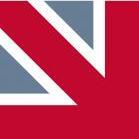






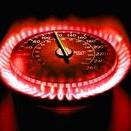
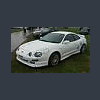

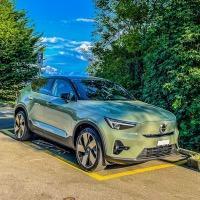


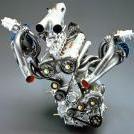

Messaggi Raccomandati:
Crea un account o accedi per lasciare un commento
Devi essere iscritto per commentare e visualizzare le sezioni protette!
Crea un account
Iscriviti nella nostra community. È facile!
Registra un nuovo accountAccedi
Sei già registrato? Accedi qui.
Accedi Ora